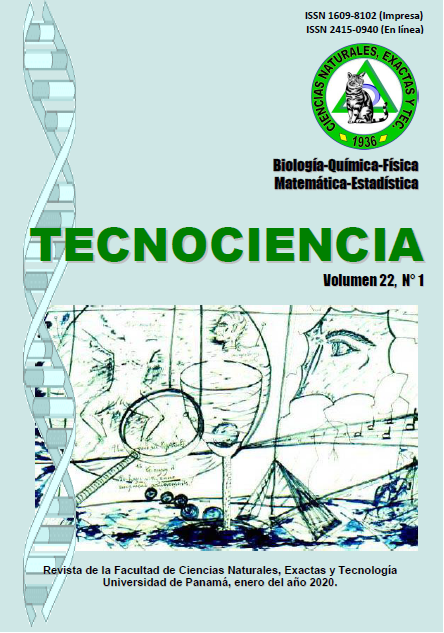

Stomatal density (SD) reflects the number of stomata per unit of leaf area and is used as integrator of plant-environment interactions at the leaf level. The objective of this study was to evaluate leaf morphology and stomatal density variability in relation to contrasting light conditions in leaves of Mangifera indica "mango". For this, the width, length and SD were quantified in 75 shaded and sunny leaves in M. indica. The width and length between sunny and shaded laminas were compared, finding significant differences for both dimensions (p <0.0001, Mann-Whitney). When comparing leaf areas, shaded leaves had bigger areas (p <0.0001), but stomatal density was higher in sunny leaves (p <0.0001). Finally, sunny leaves showed between 40 and 266 stomata / mm2, ?= 163 ± 55.5 stomata / mm2; while shaded leaves recorded values between 13.3 and 220 stomata / mm2, ? = 107 ± 40 stomata / mm2. These results indicate that shaded leaves are larger, but sunny leaves, despite their smaller size, have more stomata per area. This variation could be related to microclimatic conditions determined by light exposure and the associated water deficits experienced under such conditions.